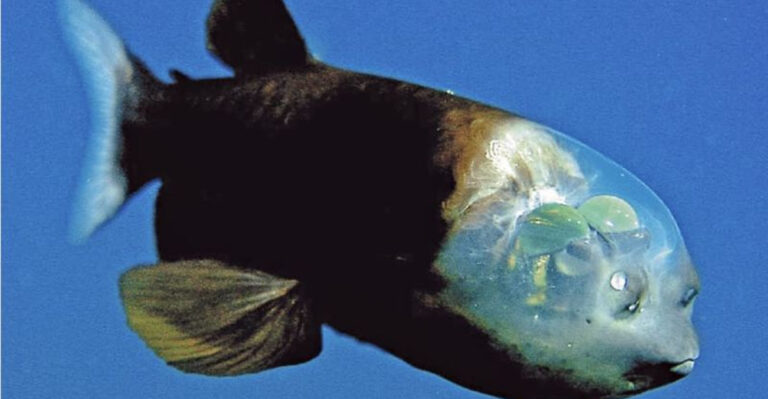13 Signs Your Aquarium Setup Might Be Too Stressful For Your Fish
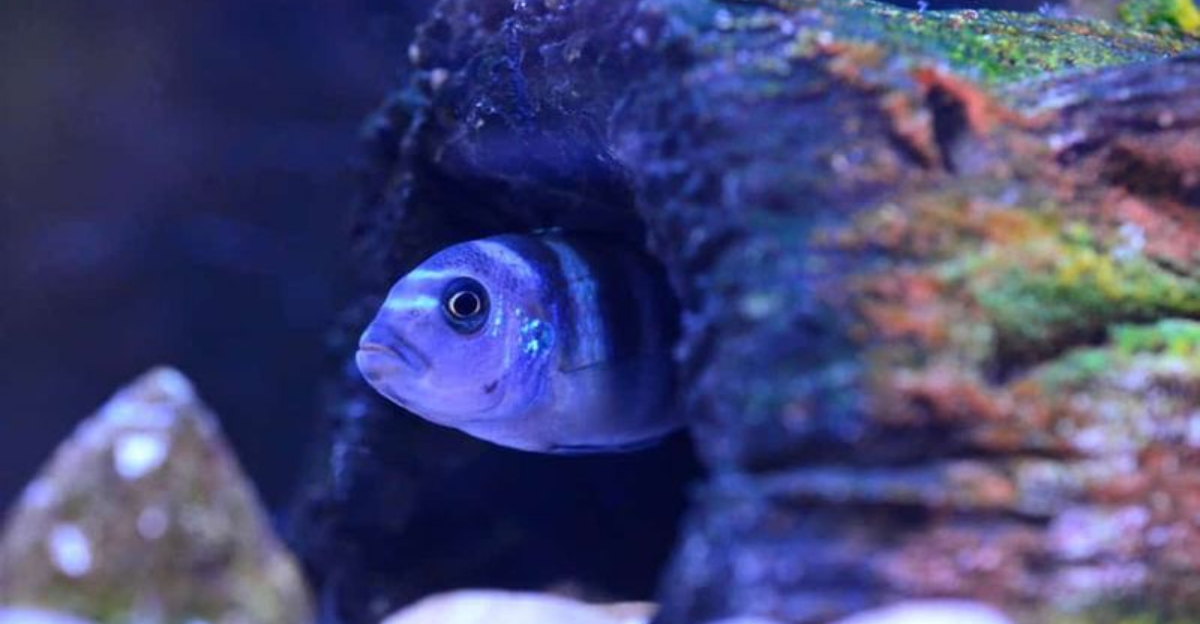
Keeping fish happy isn’t just about making your aquarium look pretty. Our underwater friends experience stress just like we do, and their tiny environments can quickly become uncomfortable or even dangerous.
Recognizing the warning signs of fish stress early can prevent illness, extend their lives, and create a thriving aquatic community in your home.
1. Frantic Swimming Patterns

Fish darting around the tank like tiny underwater rockets isn’t normal behavior. This panicked swimming often indicates they’re trying to escape something in their environment that’s causing distress.
Look for fish that repeatedly swim up and down against the glass or circle the tank rapidly without rest. Healthy fish swim with purpose but maintain a relatively calm demeanor most of the time.
2. Gasping At The Surface
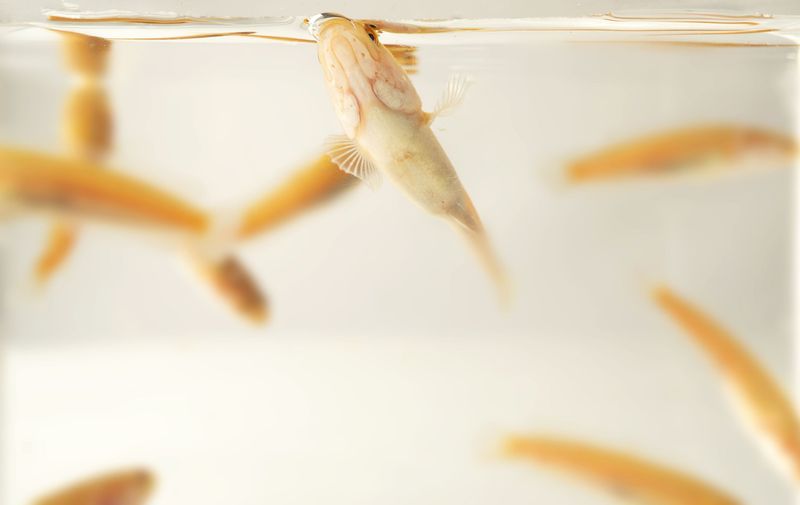
When fish hover near the top of the tank with their mouths breaking the water’s surface, they’re literally gasping for air. This behavior signals oxygen deprivation – a serious problem in any aquarium.
The issue typically stems from poor water circulation, overcrowding, or a malfunctioning filter. Without immediate attention, fish can suffer permanent gill damage or worse.
3. Faded or Unusual Coloration
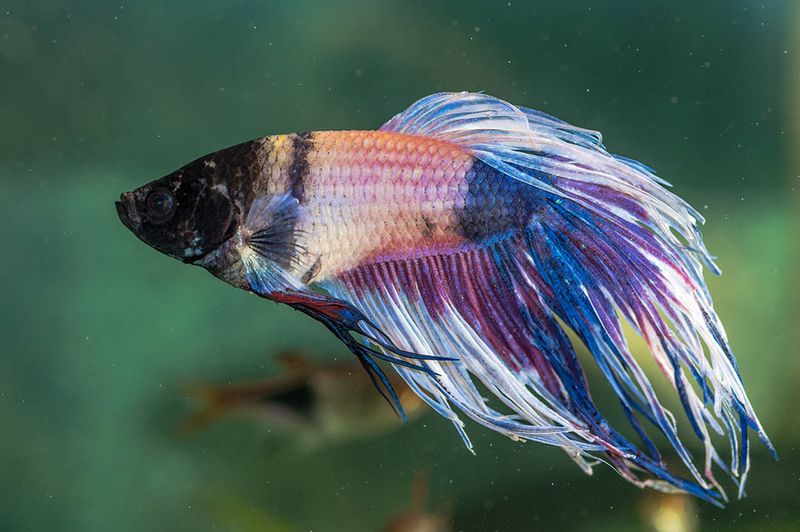
Vibrant fish suddenly turning pale or developing strange spots might be sending distress signals. Color changes often indicate illness, poor water quality, or significant stress factors in the tank.
Healthy fish display rich, consistent coloration appropriate to their species. Pay special attention to fish that were once colorful but have become dull or developed unexpected patches or streaks.
4. Refusal To Eat
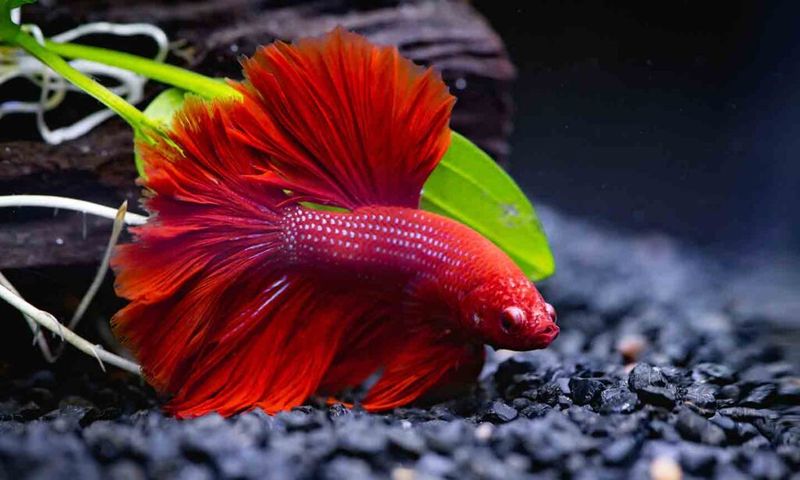
Food floating untouched while your fish ignore mealtime is a major red flag. Just like humans, fish lose their appetite when stressed or ill.
Monitor feeding behaviors closely – healthy fish typically show enthusiasm during feeding time. If they’ve suddenly become disinterested in food they previously enjoyed, something in their environment likely needs addressing.
5. Excessive Hiding Behavior

Fish constantly tucked behind decorations or plants aren’t being shy – they’re feeling threatened. While some species naturally seek shelter occasionally, excessive hiding often indicates fear or discomfort.
A balanced aquarium provides both open swimming areas and adequate hiding spots. When fish refuse to venture out even during feeding times, their environment may be causing significant anxiety.
6. Aggressive Fin Nipping
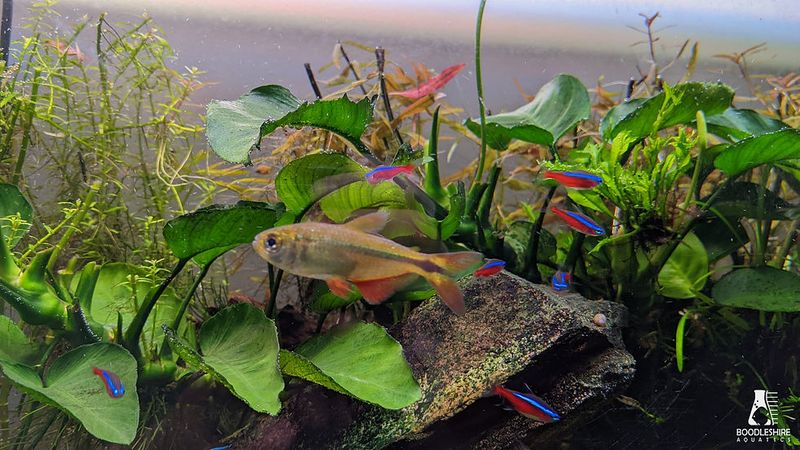
Ragged, torn fins often result from stressed fish turning on each other. This behavior typically emerges when fish feel cramped, territorial, or when incompatible species are housed together.
Watch for fish chasing others or actually nipping at fins. Healthy community tanks maintain peaceful interactions, with each fish respecting the others’ space. Torn fins can lead to infections if not addressed quickly.
7. Constant Glass Surfing
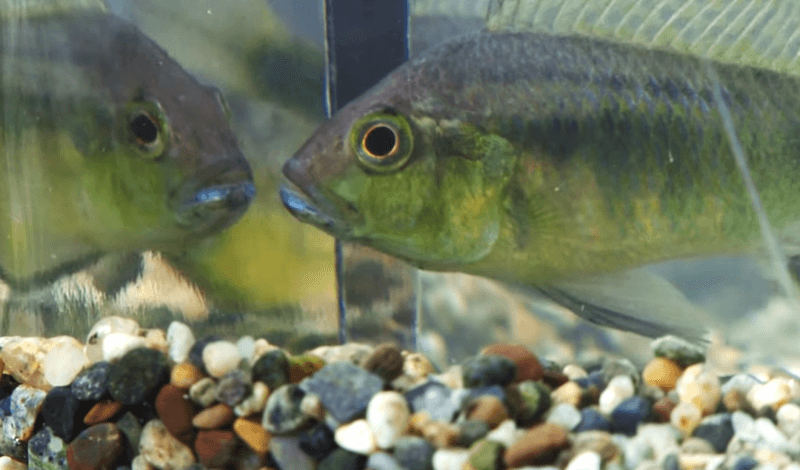
Fish repeatedly swimming up and down the glass walls aren’t admiring their reflection – they’re displaying a stress behavior called “glass surfing.” This repetitive pattern shows they’re uncomfortable with their surroundings.
The behavior often indicates the tank is too small or lacking proper stimulation. Fish need adequate space and environmental enrichment to express natural behaviors and maintain good mental health.
8. Rapid Gill Movements

Gills fluttering like tiny fans working overtime signal respiratory distress. Healthy fish breathe at a steady, relaxed pace – not in rapid, labored movements.
This symptom frequently points to poor water quality, particularly high ammonia or nitrite levels. It can also indicate disease or parasites affecting the gills. Without intervention, fish experiencing this symptom may suffer permanent respiratory damage.
9. Unusual Body Positioning

Fish floating sideways, upside down, or sinking to the bottom unnaturally are experiencing serious distress. These abnormal positions often indicate swim bladder issues, infection, or toxic water conditions.
Healthy fish maintain normal swimming positions with ease. When they struggle against their natural buoyancy, it’s time for immediate water testing and possibly treatment. This symptom requires urgent attention.
10. White Spots Or Unusual Growths
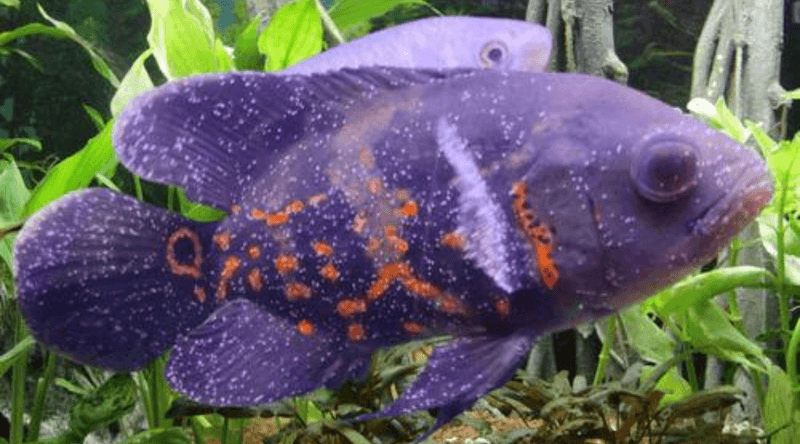
Tiny white dots resembling salt grains on fish often indicate ich – a common parasite that thrives in stressful tank conditions. Other unusual bumps or growths typically signal fungal or bacterial infections.
These visible symptoms develop when fish immune systems weaken due to chronic stress. Regular observation helps catch these issues early before they spread throughout the tank community.
11. Cloudy Or Discolored Water

Crystal clear water isn’t just aesthetically pleasing – it’s essential for fish health. Cloudy, yellow, or green-tinged water indicates bacterial blooms, algae overgrowth, or decaying organic matter.
These conditions create toxic environments by depleting oxygen and releasing harmful compounds. Maintaining proper filtration and regular water changes prevents these issues, ensuring your fish aren’t swimming in their own waste products.
12. Scratching Against Objects
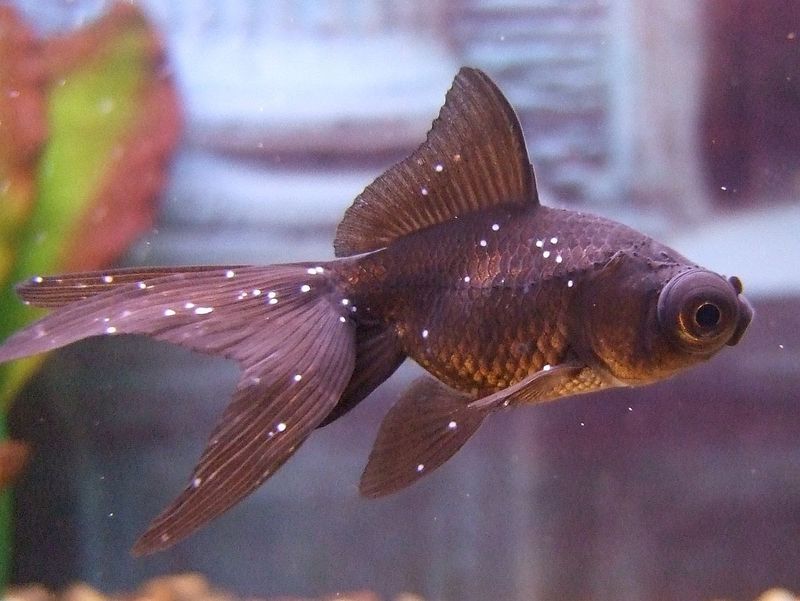
Fish rubbing themselves against gravel, decorations, or tank walls are trying to relieve irritation – similar to how we scratch an itch. This behavior often indicates external parasites or skin infections causing discomfort.
Watch for repeated scraping or flashing (quick rubbing followed by darting away). These actions damage the fish’s protective slime coat, making them vulnerable to secondary infections if the underlying cause isn’t addressed.
13. Overcrowded Tank Conditions

Fish tanks packed like underwater subway cars create constant stress through competition for food, territory, and oxygen. Each species requires specific space allowances for physical and psychological wellbeing.
Signs of overcrowding include increased aggression, poor growth, and declining water quality despite regular maintenance. The old “inch of fish per gallon” rule is oversimplified – research the specific needs of your species.






